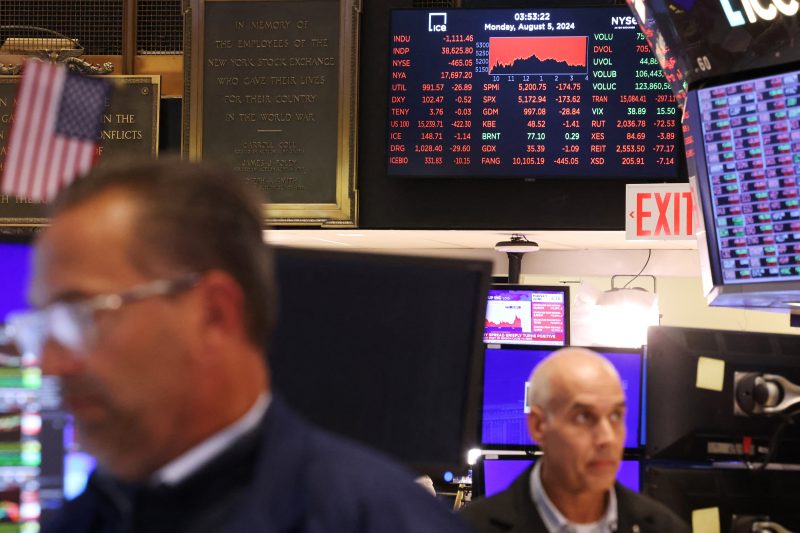In the realm of financial markets, peculiar occurrences are not entirely uncommon. Investors are often taken by surprise with unexpected events that defy traditional explanations and predictions. This unpredictability can stem from various sources, such as geopolitical tensions, economic indicators, or even social media trends. While financial markets are generally driven by logic and data, there are instances of inexplicable phenomena that challenge conventional wisdom and leave investors scratching their heads.
One bizarre market trend that has perplexed experts and analysts is the sudden popularity of meme stocks. These stocks, often associated with internet culture and social media movements, have displayed unprecedented levels of volatility and speculative trading activity. Companies that were once considered struggling or overlooked have become overnight sensations, with their stock prices skyrocketing due to online hype and retail investor enthusiasm. The phenomenon of meme stocks represents a departure from traditional market fundamentals, leaving many investors wary of the potential risks and consequences.
In addition to meme stocks, another peculiar development in the markets is the rise of cryptocurrencies and digital assets. Bitcoin, Ethereum, and other cryptocurrencies have gained mainstream acceptance as alternative investment vehicles, drawing interest from both individual investors and institutional players. The volatility of the crypto market, characterized by sharp price swings and speculation-driven rallies, has raised questions about the sustainability and long-term viability of digital assets as investment options. Regulatory uncertainties, technological advancements, and market sentiment all contribute to the unpredictable nature of cryptocurrencies, making them a source of fascination and skepticism in the financial world.
Furthermore, the relationship between economic indicators and market performance has also shown signs of strangeness in recent times. Traditional measures of economic health, such as GDP growth, unemployment rates, and inflation data, have been overshadowed by unconventional factors that influence market behavior. Central bank policies, government stimulus programs, and global events can create distortions in market dynamics, leading to unforeseen consequences for investors and traders. The disconnect between economic fundamentals and market valuations has become a point of concern for those seeking logical explanations for market movements.
Moreover, the emergence of trading algorithms and high-frequency trading strategies has introduced a new element of complexity and unpredictability to financial markets. These automated trading systems can execute large volumes of trades at lightning speed, reacting to market data and signals with precision and efficiency. While algorithmic trading has the potential to improve market liquidity and efficiency, it also poses risks related to market manipulation, flash crashes, and unintended consequences. The interaction between human traders and algorithmic systems creates a dynamic and sometimes chaotic trading environment, where traditional market norms are challenged and redefined.
In conclusion, the phenomenon of weirdness in financial markets is a reminder of the ever-evolving and unpredictable nature of investment landscapes. From meme stocks to cryptocurrencies to algorithmic trading, the markets continue to defy conventional explanations and assumptions, keeping investors on their toes and testing their resilience. While these strange occurrences may confound and confuse market participants, they also offer valuable insights into the complexities and nuances of modern finance. As the markets navigate new challenges and opportunities, adaptability and a keen understanding of the underlying forces driving market dynamics will be essential for investors seeking to navigate the weirdness and uncertainty that define today’s financial world.
